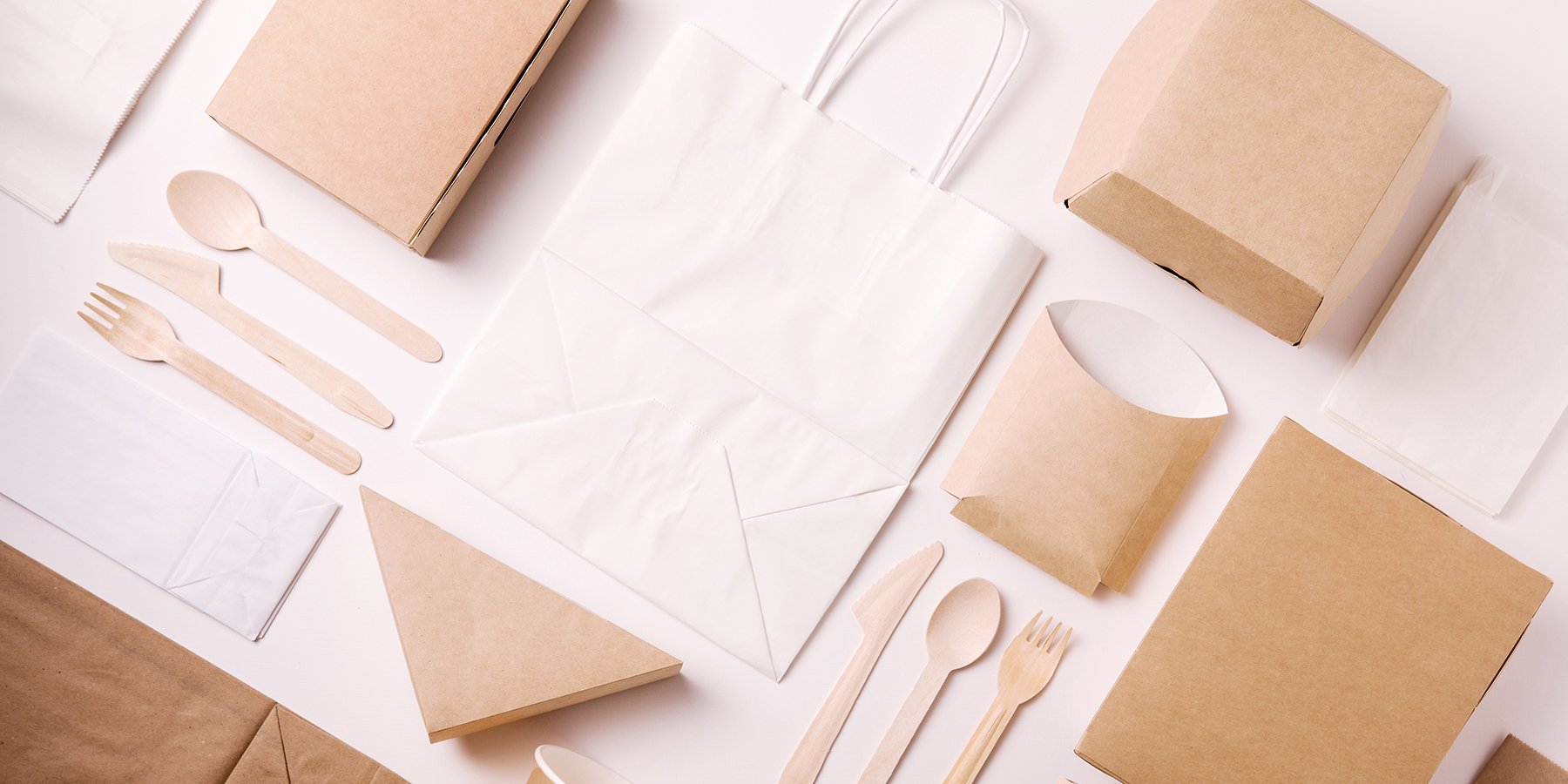The state of the environment is troubling. Headlines tell us that our oceans will have more plastic than fish by 2050, that the U.S. will be out of landfill space in 16 years, and that rising sea levels may make several major cities uninhabitable in a few decades.
The problems seem overwhelming, but a number of businesses are stepping up to do their part. More and more companies are opting for environmentally sustainable packaging to change the effect products can have on the planet.
Research shows 64% of companies are changing their packaging material to a more eco-friendly source, according to the 2018 Sustainable Packaging Study. In the last few years, companies have worked to make substantial changes in packaging, which has lent itself to several developing trends:
What is environmentally sustainable packaging?
Before exploring trends in the industry, let’s define environmentally sustainable packaging.
Simply put, environmentally sustainable packaging is packaging that’s better for the Earth. Sustainable packaging is sourced responsibly, made from eco-friendly materials, and doesn’t harm the environment when its purpose is complete.
As you can see from the definition, green packaging solutions aren’t just made from recyclable materials. It’s more than that. It’s a commitment to make eco-friendly decisions in every step of packaging. From selecting recycled paperboard and using eco-friendly inks to educating customers about proper disposal, it’s truly a commitment to create environmentally sustainable packaging.
Examples of environmentally sustainable packaging
In the past few years, companies have created innovative green packaging. Take a look at some of these examples:
Shower-friendly paper soap bottle
Seed Phytonutrients creates clean and natural beauty products and has a unique package for its body soap. The package is a shower-friendly paper bottle. During a shower, the paper bottle does get wet but it has a mineral coating on it that helps it dry quickly and maintain its look.
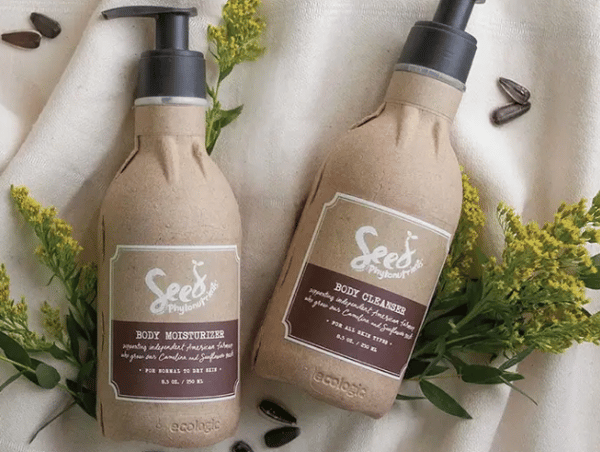
Pet treats in a recyclable carton
Fish, Bird, Dog & Cat decided to minimize pet treat packaging and opt for a recyclable carton for its product. Its small footprint is complemented by a minimalist design, reserving all other information for the back of the carton.

Online shopping in responsible packaging
There’s no shortage of online shopping options—or the packaging that it’s shipped in. Usually, purchases are shipped to a customer in heavy cardboard boxes or strong plastic bags fit for mailing. Hanes decided to change that. The company sends its products, like this t-shirt, in slim, 100% recyclable cardboard sleeves.
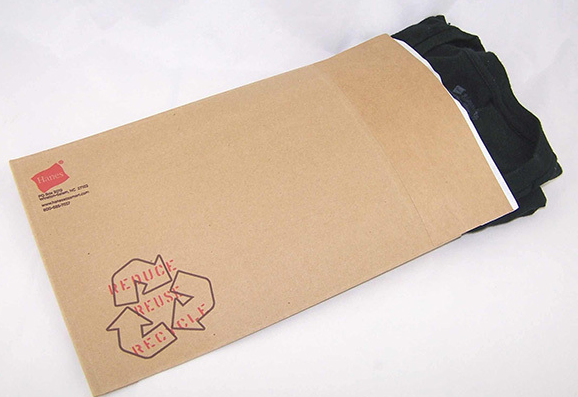
Sustainable packaging trends
The world of sustainable packaging is growing, and with it, new trends are emerging. Here’s a look at the most common trends happening now:
1. Customers want eco-friendly packaging
A growing concern for the environment has customers more aware of their purchase decisions. Forty-two percent of consumers say product packaging does factor into their buying decision. Consumers are even willing to pay a little more to encourage companies to make the switch to eco-friendly materials. Fifty-seven percent of consumers are willing to pay higher product prices if it means the packaging is sustainable, according to a report from GlobalWebIndex.
2. Packaging shifts to sustainable folding cartons
One of the biggest shifts in the packaging industry is a switch to folding cartons. These boxes can be made from recyclable paperboard and are quite versatile, giving companies the ability to customize the box to meet product needs.
Folding cartons are also ideal for high-end printing techniques like UV coatings, embossing, lamination, foil stamping or other embellishments.
Folding cartons also have the added value of being lightweight. Transporting lighter products on the roads reduces the environmental impact of emissions and air pollutants.
3. Packaging made in a sustainable shop
As mentioned, environmentally sustainable packaging is a commitment. Putting a product in a recyclable box is a great start, but efforts shouldn’t stop there. Companies are now looking to work with vendors that support their sustainability initiatives, which includes commercial printers that create and design the packaging.
It’s not enough to offer recyclable paper or cardboard. A printer should take a sustainable approach to everything they do, from the energy used in the facility to the way inks are recycled.
A sustainable printer should have credentials to support their claims. Specifically, look for an FSC certification. The Forest Stewardship Council certifies printers that are working to stop deforestation, and makes sure everyone in the supply chain—from the sawmill to the printer—are all FSC certified.
In addition, look for printers with an SGP certification. These commercial printers have gone through the most rigorous and comprehensive sustainability certification in the print industry. SGP ensures that certified printers meet or exceed strict sustainability criteria in their manufacturing process and monitors it regularly. As a result of such high standards, there are only about 60 printers in the U.S. with this esteemed certification.
4. Creative recycling programs
Companies are not only willing to use sustainable packaging, but some are even willing to help consumers recycle products after they’re used.
For example, Crayola has a ColorCycle program that encourages consumers and classrooms to send used markers to the company so they can be recycled. They’ll even pay for the shipping.
Amazon will recycle old Kindles. By filling out a form online, consumers are sent a shipping label and a coupon for an upgraded Kindle. Canon, a popular electronics company, does something similar with all of its products. They’ll pay for consumers to ship their tired Canon products back to the company to be recycled.
Wrap up
Environmentally sustainable packaging is no longer reserved for niche brands, it’s gone mainstream. With mounting concern for the environment, more companies are changing their packaging to smarter, more eco-friendly versions—and customers are responding.

